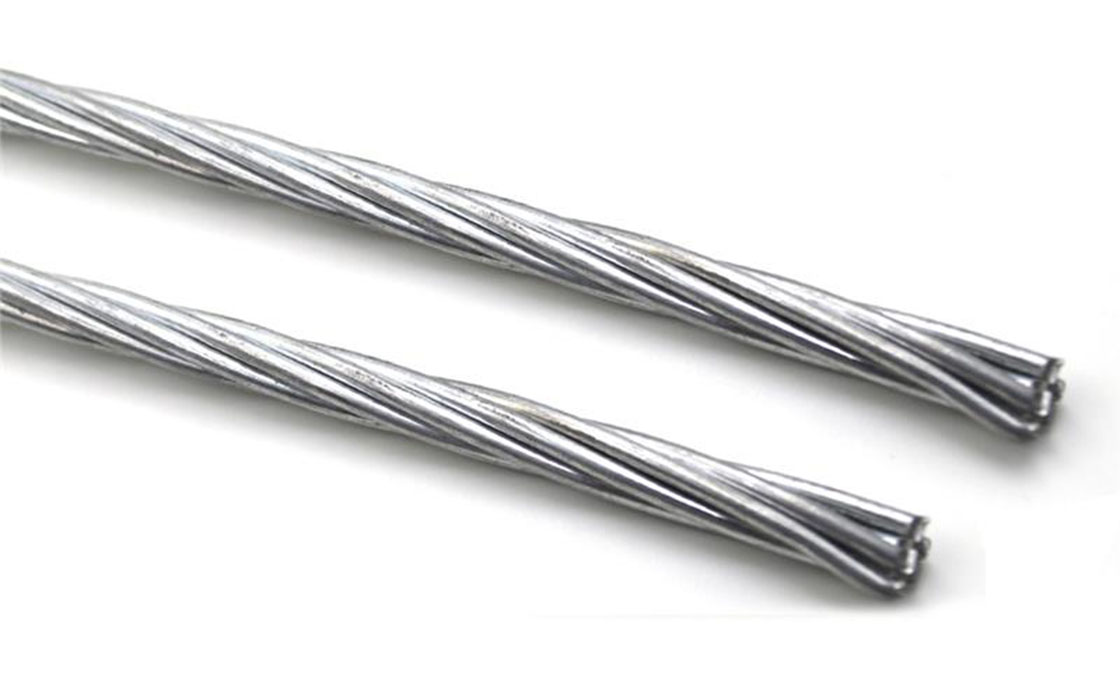Mastarm
Ein Mastarm ist eine horizontale, freitragende Struktur, die zur Montage von Verkehrssignalen über Straßen ragt, Zeichen, und Leuchten. Der Arm verfügt über ein konisches Design, das seinen Durchmesser gleichmäßig ändert, Enthält wichtige Montageteile und Verbindungskomponenten zum Anbringen verschiedener Verkehrskontrollgeräte. Mastarme sind so konstruiert, dass sie spezifische Windlastanforderungen und strukturelle Standards erfüllen, die in den AASHTO-Spezifikationen festgelegt sind.
Mastarme gibt es in verschiedenen Konfigurationen, einschließlich Einzelarm, Doppelarm, und Kombinationen mit Leuchtenvorsätzen. Die Struktur umfasst integrierte Kabelmanagementsysteme mit Löchern und Gummitüllen für die Signalkabelführung zu den angeschlossenen Geräten. Standard-Mastarme können mehrere Verkehrssignale unterstützen, Überkopfschilder, Verkehrskameras, und Fahrzeugdetektoren, mit maximalen Standardspannweiten, die typischerweise erreicht werden 78 Füße.
Hauptmerkmale:
• Konisches Design für optimale Lastverteilung und strukturelle Integrität
• Integriertes Kabelführungssystem mit Schutztüllen
• Erhältlich sowohl in gebogener als auch in gerader Ausführung
• Unterstützt mehrere Befestigungspunkte für Signale und Schilder
• Entwickelt, um spezifische Windlastanforderungen zu erfüllen
• Verzinkte Beschichtung zum Korrosionsschutz

Zeichnung des Mastarms
Häufig gestellte Fragen (FAQ)
Was ist die maximale Spannweite für einen Standard-Mastarm??
Standard-Mastarmbaugruppen haben eine maximale Spannweite von 78 Füße. Arme, die diese Länge überschreiten, erfordern spezielle Konstruktionsvarianten. Die tatsächliche Länge hängt von der Lage am Fahrbahnrand und der gewünschten Positionierung des Signalgebers ab, mit typischen Längen zwischen 30 Zu 70 Füße.
Was ist ein Winddämpfer und wann wird er benötigt??
Winddämpfer sind Geräte, die innerhalb von 2,4 m von der Spitze des Mastarms installiert werden, um Bewegungen bei starkem Wind zu reduzieren. Sie werden typischerweise für Signalarme benötigt, die länger als sind 25 Füße, um die Stabilität zu gewährleisten und übermäßiges Schwanken zu verhindern.
Wie viel Durchhang ist für einen Mastarm normal??
Der Durchhang des Mastarms beträgt normalerweise ca 2% der Armlänge. Zum Beispiel, Ein 50-Fuß-Mastarm hat normalerweise ungefähr 1 Fuß des Durchhangs. Die Menge variiert je nach Steifigkeit und Designspezifikationen des Arms.
Wie hoch ist die Verjüngungsrate für Mastarme??
Mastarme verfügen über ein konisches Design, bei dem sich der Durchmesser gleichmäßig ändert 0.14 Zoll pro Fuß. Diese Verjüngung sorgt für eine optimale Lastverteilung und strukturelle Integrität über die gesamte Armlänge.
Wie werden Mastarme vor Korrosion geschützt??
Stahlmastarme erhalten eine verzinkte Beschichtung zum Korrosionsschutz. Einige Installationen können auch zusätzliche Lackierungen in verschiedenen Farben umfassen (Schwarz, braun, Grün) über der verzinkten Oberfläche für eine verbesserte Ästhetik.











